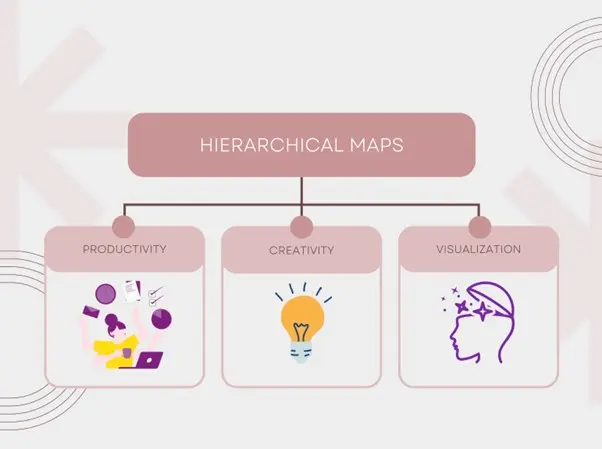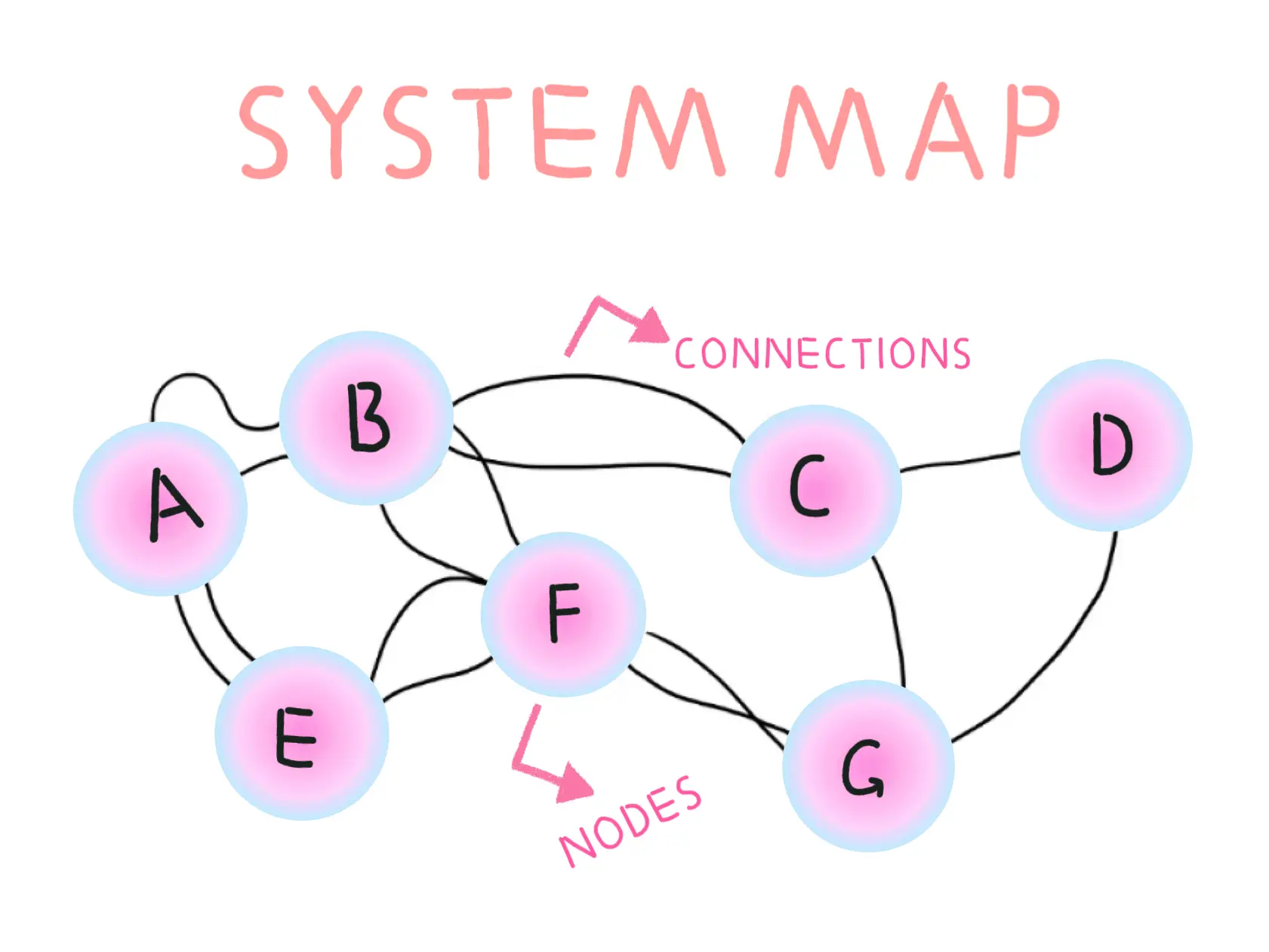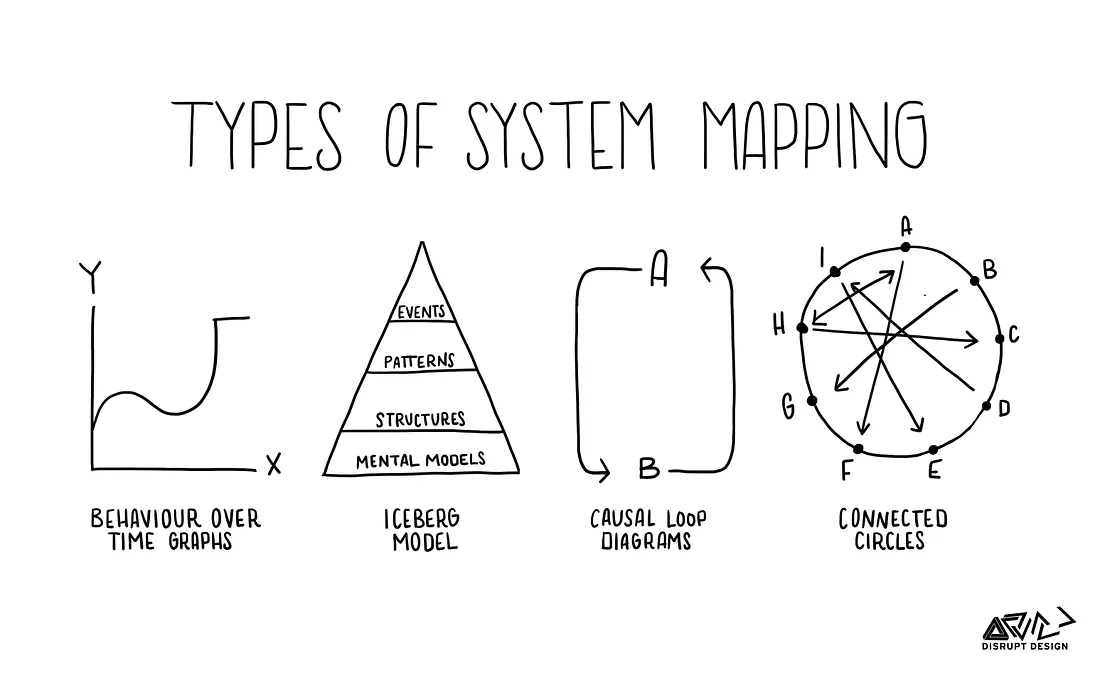
[7 Powerful Reasons] Why Hierarchical Maps Are Amazing for Key Industries
Explores the benefits of hierarchical maps across different industries.
Education Consultant

Mapping interconnected systems is essential in understanding and managing complex structures, whether in business, technology, or even personal projects. These systems consist of multiple components that interact with each other, creating a web of connections that can be challenging to visualize and analyze. However, with the right approach, you can map these systems effectively, leading to better decision-making and more efficient processes.In this blog, we will explore seven powerful tips to help you create amazing, clear, and insightful maps of interconnected systems. These tips will not only guide you in understanding the intricate relationships within these systems but also empower you to communicate your findings effectively.
Before diving into the process of mapping, it’s crucial to develop a comprehensive understanding of your goals and what you aim to achieve. Mapping interconnected systems is about solving specific problems or gaining insights that lead to better decision-making and improved outcomes. Whether you’re looking to identify inefficiencies, optimize processes, or understand how different components interact, having clearly defined objectives will guide the entire mapping process and ensure it is purposeful. For example, if you’re mapping a business process, your objective might be to pinpoint bottlenecks or identify areas for automation. By knowing your goals upfront, you can focus on the most relevant aspects, tailor your mapping techniques accordingly, and create a map that serves as a strategic tool for achieving your desired outcomes.

Image from: Medium
Interconnected systems can often feel overwhelming due to their inherent complexity. To navigate and manage this complexity, it’s effective to break down the system into smaller, more manageable parts. Begin by identifying the key components, processes, and relationships that form the backbone of the system. One particularly effective approach for this is hierarchical mapping, where you start by mapping the high-level components and then progressively drill down into more detailed sub-components. This method not only simplifies the mapping process but also allows you to maintain a clear and structured overview of the entire system. By breaking the system down in this way, you gain a deeper understanding of each part’s role and how it contributes to the overall functionality, making the system more accessible and easier to manage.
A map is only as good as its ability to convey information clearly. To achieve this, use visual tools and techniques that enhance the clarity of your map. Colors, shapes, and symbols can be incredibly effective in differentiating various components and their relationships.For example, you can use color-coding to represent different types of connections or use different shapes to distinguish between processes, data flows, and decision points. These visual cues make it easier for the viewer to quickly grasp the structure and flow of the system. Additionally, consider using software tools designed for system mapping, such as Lucidchart or Microsoft Visio, which offer a range of templates and features to streamline the process.

Image from:: Integration and Implementation Insights
Interconnected systems often feature feedback loops, where the output of one process influences another, creating a cycle that impacts the entire system. These loops are essential for understanding how the system behaves over time, as they reveal the dynamic relationships between different components. It’s important to incorporate these feedback loops into your map to accurately reflect real-world dynamics. For example, in a supply chain system, the demand forecast can influence production schedules, which then affect inventory levels. By mapping these feedback loops, you can visualize how changes in one area can ripple through the entire network, providing critical insights into potential risks and opportunities within the system. This understanding enables you to anticipate and mitigate issues, optimize performance, and make more informed decisions.
Systems are inherently dynamic, continuously evolving as new components are introduced or existing one’s change. To maintain the relevance and accuracy of your map, it’s essential to keep it up to date. Regularly reviewing and updating your map ensures that it continues to provide valuable insights and reflects the current state of the system. A best practice is to schedule periodic reviews—such as quarterly, annually, or in response to significant changes—where you assess the system for updates and revise the map accordingly. Keeping your map current not only enhances its precision but also allows you to track the system’s evolution over time, providing a clearer picture of how it has developed and how it might change in the future.

Image from: FutureLearn
A map of an interconnected system is frequently utilized by various stakeholders, each bringing their own perspective and expertise. To ensure your map is both accurate and comprehensive, it’s crucial to validate it with these stakeholders. This collaborative approach is invaluable in identifying any gaps or inaccuracies that might have been overlooked. Stakeholders can offer practical insights into how the system functions, which may differ from theoretical models. Involving them in the mapping process not only enhances the accuracy of the map but also fosters a sense of ownership, ensuring that the final product reflects the collective understanding and agreement on the system’s structure and behavior.
Ultimately, your map should serve as more than just a static document; it should be a dynamic tool for informed decision-making. The insights you gain from the map can be instrumental in guiding strategic decisions, optimizing processes, and enhancing overall system performance. For instance, if your map highlights a critical bottleneck in a process, you can take targeted actions to address it, thereby improving efficiency. Alternatively, if you uncover a positive feedback loop with the potential for exponential growth, you might choose to allocate more resources to capitalize on that opportunity. By leveraging your map as a decision-making tool, you can fully unlock the potential of interconnected systems, driving powerful results and achieving significant improvements across the board.
Image from: Creately
Mapping interconnected systems might seem daunting, but with these seven powerful tips, you can achieve amazing clarity and insight. By starting with a clear objective, breaking down the system, using visual tools, incorporating feedback loops, updating your map, validating it with stakeholders, and using it as a decision-making tool, you can master the art of system mapping. These tips will not only help you create more effective maps but also empower you to make informed decisions that drive success in your projects and initiatives. Whether you’re a business leader, engineer, or researcher, these strategies will enhance your ability to understand and manage complex systems, leading to more powerful outcomes.

Explores the benefits of hierarchical maps across different industries.
Education Consultant

Discover seven powerful tips to unlock your creative potential using mind maps, enhancing your ability to generate amazing ideas.
Education Consultant

Explore the benefits of spider maps for learning, creativity, and productivity.
Education Consultant